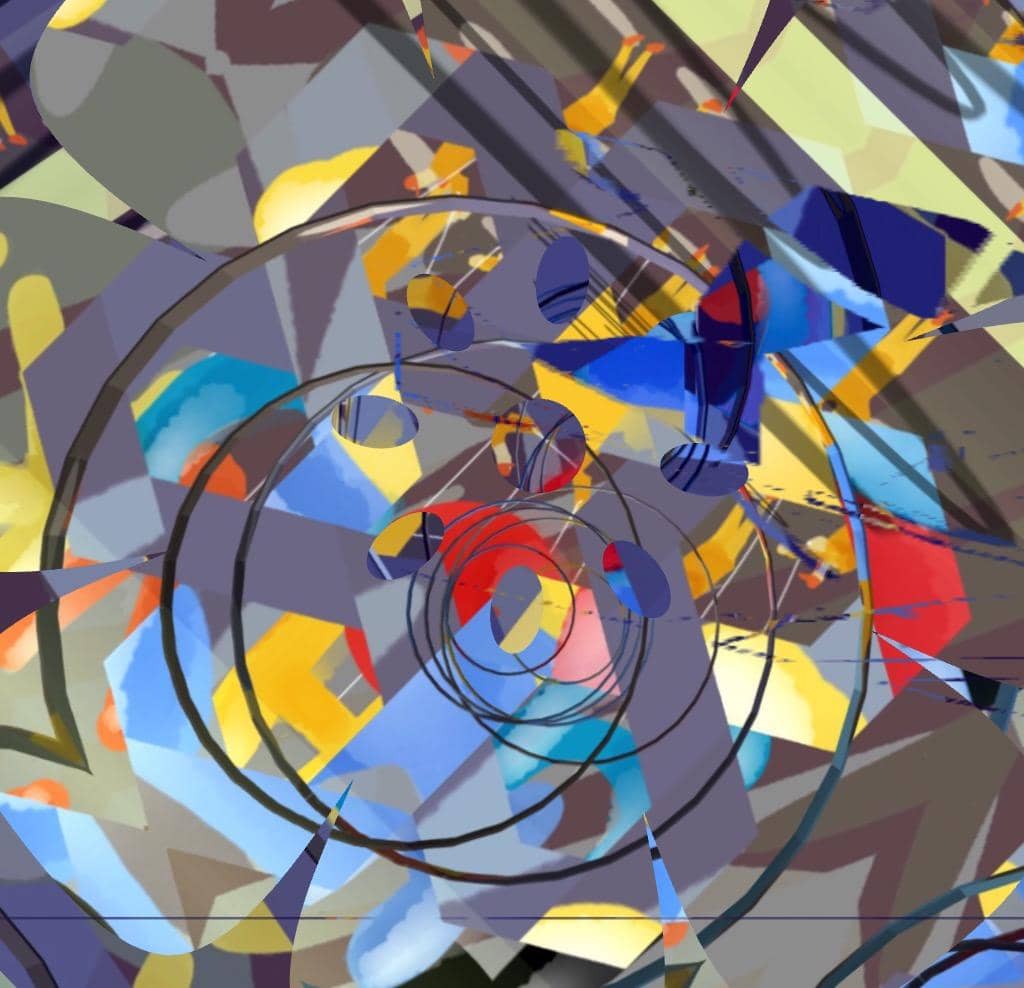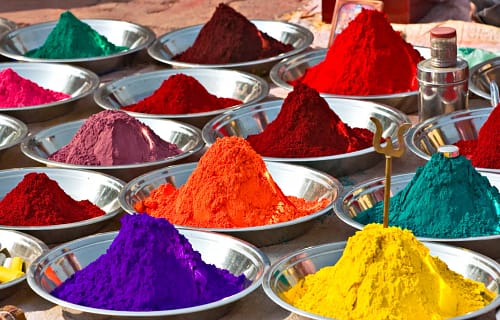
Table of Contents
Ochre, the color of sands and sun
Ochre, with its rich reddish-brown hues, carries within it the essence of the desert sands and the warmth of the sun. In the palette of ancient Egypt, ochre held a special significance, embodying both the physical landscape and the spiritual symbolism of the region.
A Reflection of the Earth
Just as the sands of the Egyptian desert stretch out beneath the sun’s gaze, ochre’s warm tones echoed the very land upon which this ancient civilization thrived. The color was a mirror of the arid landscape, a reminder of the interconnectedness between nature and artistry.
A Symbol of Vitality
Like the sun’s life-giving rays, ochre was associated with the concept of vitality and power. Its presence in artwork symbolized the life force that sustained both individuals and the land. Ochre figures, depicted with vibrant hues, breathed life into the scenes, capturing the energy of those portrayed and connecting them to the divine cycle of existence.
Rituals and Devotion
Ochre held an essential role in religious rituals and ceremonies. It adorned the bodies of individuals, acting as a protective agent and a link between the earthly and spiritual realms. Rituals often incorporated ochre, emphasizing the connection between human existence and the eternal cycles of nature.
Harmony with Nature
The Egyptians’ choice of ochre as a prominent color in their art demonstrated their harmony with the natural world. Just as the desert’s colors blended seamlessly with the horizon, ochre merged with the artistic palette, offering a harmonious visual narrative of life, power, and eternity.
Legacy of Artistry
The use of ochre extended beyond the present moment, leaving a legacy of artistic mastery. The hue’s endurance on temple walls and tombs is a testament to the ancient artisans’ skill in creating art that transcends time. Ochre, like the sands and the sun, was a timeless element that bridged generations.
Conclusion: A Color of Timeless Significance
Ochre, the color of sands and sun, was more than just a pigment on the canvas of Egyptian art. It was a language, a bridge between the natural world and the realm of the divine. Its warmth echoed the vitality of life, the power of rituals, and the harmony between humanity and nature. Ochre’s enduring presence on temple walls and tombs is a reminder that its significance extends far beyond its earthly origins, speaking to us across the sands of time and illuminating the artistry of an ancient civilization.
Shop Corner
Color ochre on Amazon
Enjoy the color!
Sources openai Language models, aitrot, picsart and mib
Embark on a journey into the realm of affiliate marketing and craft your own website within a vibrant, supportive community. Join me in this adventure, where you can begin as a free starter and stay as long as you desire. Enjoy complimentary hosting and foundational teachings to set you on your path. For those with advanced skills, opportunities to elevate your expertise await. Take a moment to explore and witness the magic for yourself!




